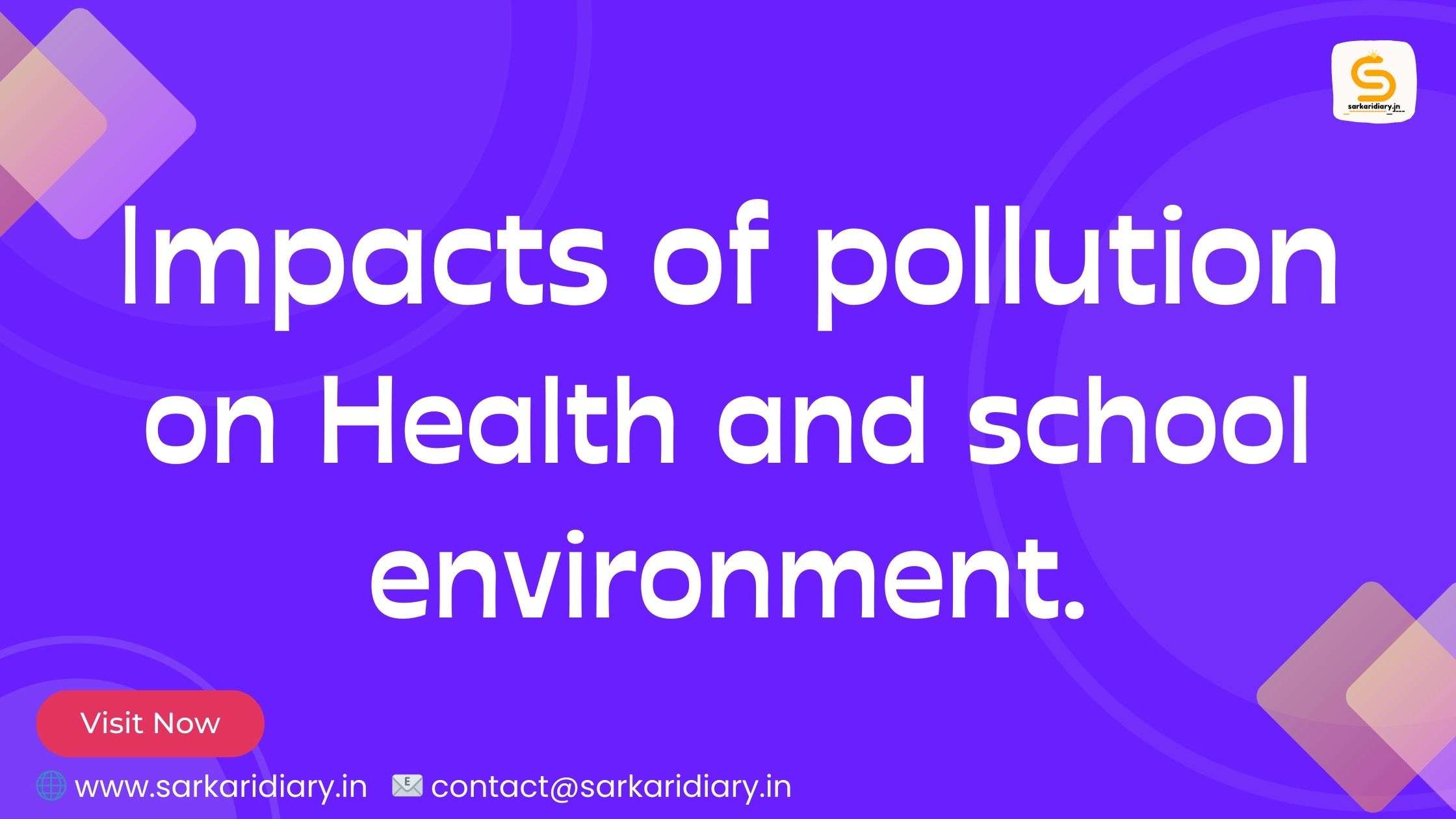In this post, we will discuss the different types of pollution and their impacts on health and the school environment.
Air Pollution
Air pollution is a major concern, especially in urban areas. The burning of fossil fuels, industrial emissions, and vehicle exhaust contribute to high levels of pollutants in the air. Breathing in polluted air can lead to respiratory problems, such as asthma and bronchitis. Research has also shown a link between air pollution and cognitive development in children. With an increasing number of cars on the road and factories emitting harmful substances, it’s crucial to address air pollution for the sake of our health and the quality of our school environments.
Water Pollution
Water pollution is another significant issue that affects health and school environments. When pollutants, such as chemicals, heavy metals, and sewage, enter our water sources, they can contaminate the water we drink and use for daily activities. Exposure to contaminated water can lead to gastrointestinal problems, skin diseases, and even cancers. Moreover, polluted water in school environments can hinder proper hygiene and contribute to the spread of diseases among students. It is essential to have clean and safe water sources to ensure the well-being of students and create a conducive learning environment.
Visit Sarkari Diary Notes Section
Also Read: [catlist name=bed-deled]
Noise Pollution
Noise pollution may not seem as hazardous as air or water pollution, but it can have detrimental effects on our health and school environments. Constant exposure to loud noises, such as traffic or noisy classrooms, can lead to stress, difficulty concentrating, and even hearing loss. In a school setting, excessive noise can hinder communication between teachers and students, making it hard to maintain discipline and focus on learning. Implementing quiet zones and soundproofing measures can help mitigate the negative impacts of noise pollution and create a more conducive learning environment.
Light Pollution
Light pollution is often overlooked but can have profound impacts on health and the school environment. Excessive artificial light during nighttime can disrupt our sleep patterns and affect our overall well-being. In school environments, it can lead to reduced concentration levels and affect students’ ability to perform well academically. Proper lighting design, using energy-efficient bulbs and minimizing light pollution, can create a healthier and more productive atmosphere for students.
In conclusion, pollution in its various forms poses significant threats to our health and school environments. From air and water pollution to noise and light pollution, each type has its own set of impacts. By addressing these issues, we can ensure a healthier and safer environment for students and promote their overall well-being.
Visit Sarkari Diary Notes Section
Also Read: [catlist name=bed-deled]
